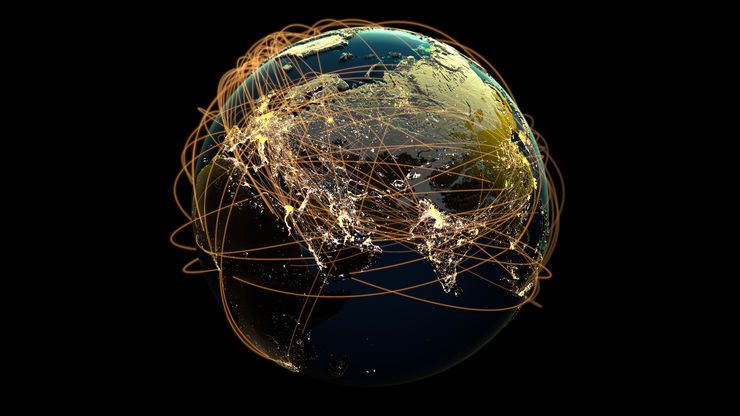What are global value chains?

Global value chains break down production processes into discrete stages in various locations around the world to achieve efficient production, allowing companies to strategically organize different parts of their value chain, such as locating in the domestic market of a target customer or on the basis of a competitor.
Since the 1990s, driven by trade liberalization through free trade agreements (FTA) and the creation of the World Trade Organization (WTO) and advances in services and technology, companies have increasingly structured trade international around global value chains.
WTO data show that more than two-thirds of world trade occurs through global value chains, in which production crosses at least one border, and usually many borders, before final assembly.
The phenomenal growth in trade related to global value chains has resulted in significant economic growth in many countries around the world over the past two decades, driven by reductions in transportation and communication costs and declining trade barriers costs.
Production phases
More than two-thirds of world trade occurs through global value chains each year, representing a shift in the way trade is conducted, as trade in intermediate goods and services outstrips that of commodities and finished.
This shift, according to an analysis by the US Congress, makes it increasingly difficult to understand and interpret the implications of trade data trends for the United States economy, as conventional trade data does not attribute any part of the traded value from finished agricultural and manufactured products to intermediate goods or services.
Despite the increasing presence of value chains in the world economy, recent events have highlighted the potential risks and vulnerabilities of value chains, particularly those that are concentrated in a particular region or region they depend on a single provider.
Natural disasters, emergencies and other policy-driven circumstances around the world, such as the coronavirus disease 2019 (Covid-19) pandemic, have shown that the linkages of value chains are integrated and create interdependence between economies, which can leave companies vulnerable to external shocks, including disruptions in other countries.
Global value chains
At the same time, interdependence can generate broader economic growth and strengthen relationships between nations.
While using global value chains can offer significant benefits, doing so can generate additional costs and increase risks.
To mitigate risks and vulnerabilities, according to the same analysis, companies can:
- Rethink your business models and seek to incorporate redundancies for resilience.
- Focus more on shorter local or regional value chains.
- Use emerging technologies to reduce and diversify risks and costs.
These changes are likely to vary between industry sectors, depending in part on the location and availability of suppliers and customers, as well as investment and foreign trade policies.
![]()

